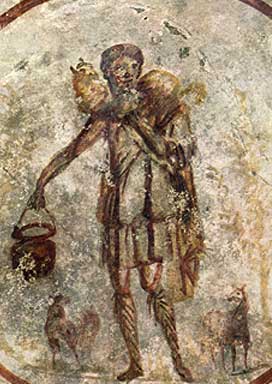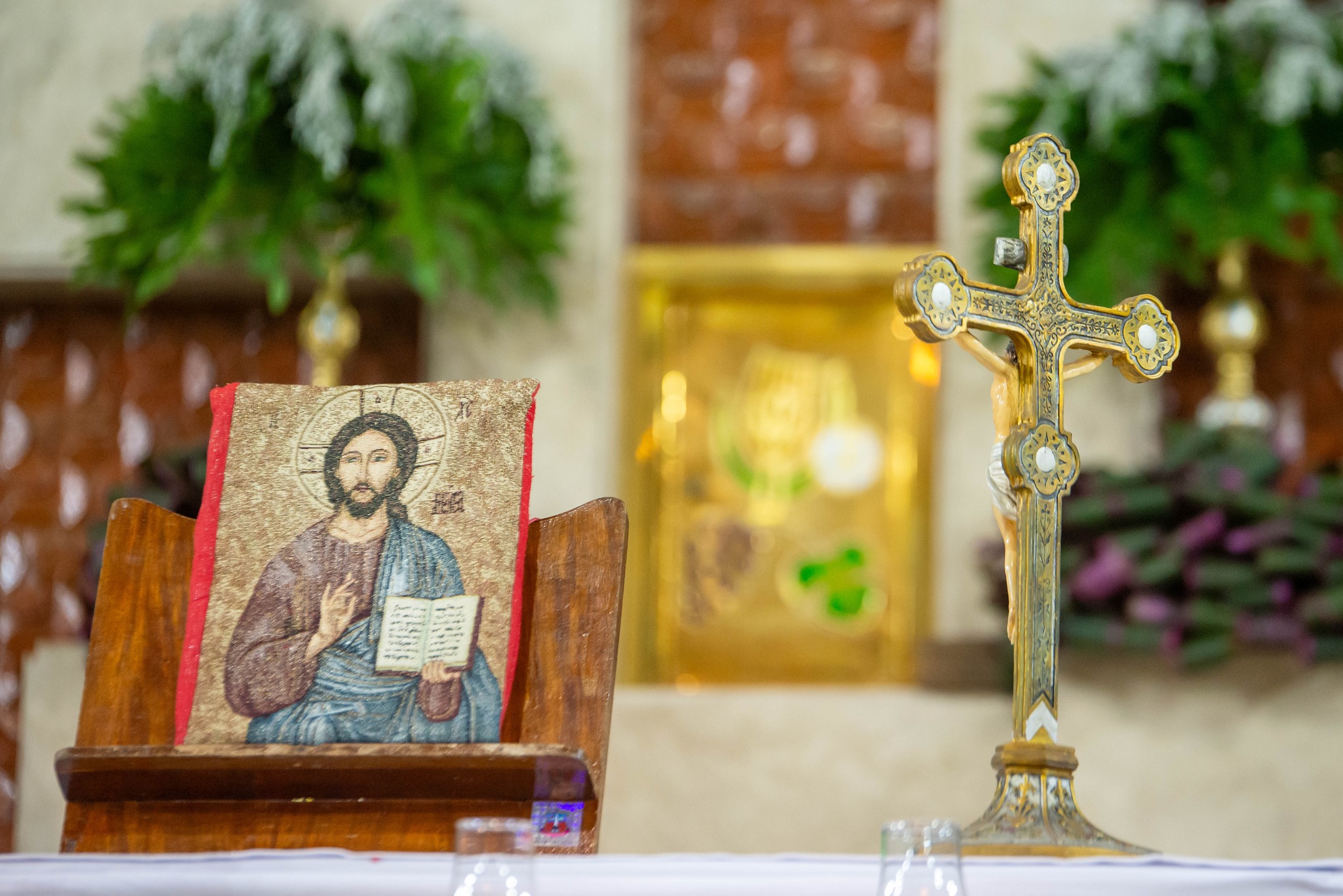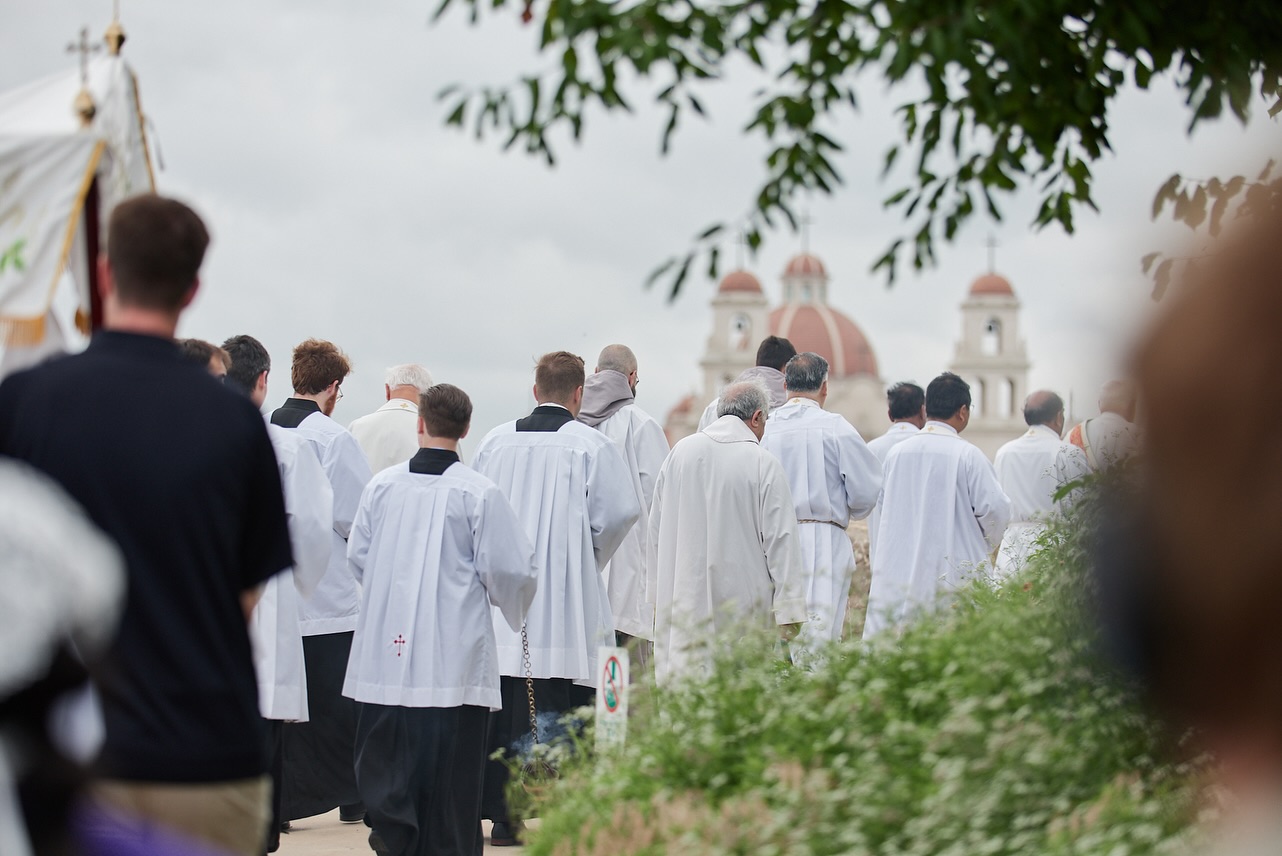Rev. José Mario O. Mandía
jmom.honlam.org
We have already discussed the three great Apostolic Fathers: St Clement, St Ignatius of Antioch, and St Polycarp. There are three other things from this period that we can mention: these concern a bishop, a letter and a revelation.
(1) Papias of Hierapolis. The bishop is Papias of Hierapolis. He lived from around 60 to around 130 AD. He was apparently a disciple of St John the Apostle and a friend of Polycarp, who was also a disciple of John.
Scholars say that Papias is the first one on record to name the authors of the four Gospels. From the remaining existing fragments of his work Explanation of the Sayings of the Lord, we can find two that point to Mark and Matthew as Gospel writers.
Regarding Mark, he wrote: “Mark became the interpreter of Peter and wrote down accurately all that he remembered, without, however, recording in order the things said or done by the Lord.”
As for the Gospel according to Matthew, he wrote: “Matthew composed the sayings in the Hebrew language….”
(2) The Epistle of Barnabas. This work appears like a letter, but it is more of a treatise. Though attributed to Barnabas by some ancient authors, it is not certain that the companion of St Paul was the author of the work.
One of the main points that the Epistle explains is that the Old Testament prepares us for the New Testament. This is why it is a part of the Christian Bible. The Epistle asserts that the Jews had understood only the literal meaning of the teachings and events in the Old Testament and failed to see that they have a deeper spiritual meaning. Aside from the prophecies, the Old Testament is full of figures or images of the Messiah and His Cross. Moreover, he shows that the Old also pre-announces things that will be fulfilled in the Church that Christ founded, such as the sacrament of baptism. It teaches that this sacrament makes us adopted children of God, imprints God’s image and likeness in us and makes us temples of the Holy Spirit.
The Epistle is probably the earliest document to speak about the different levels of meaning of scripture. As the CCC (no. 115) says: “According to an ancient tradition, one can distinguish between two senses of Scripture: the literal and the spiritual, the latter being subdivided into the allegorical, moral and anagogical senses.”
Among its moral teachings (chapter 19), the defense of the unborn child stands out: “Thou shalt not procure abortion nor kill the child after it has been born.” (The Epistle of Barnabas is available in newadvent.org.)
(3) The Shepherd of Hermas. It is a book of visions which were granted to a certain Hermas. The work was highly regarded in the Church but was not included in the list of inspired books of the New Testament. The Shepherd of Hermas (available in newadvent.org) consists of three books: Visions, Commandments and Similitudes.
The Shepherd teaches that baptism is needed to become part of the Church and that it is absolutely necessary for salvation.
Although it does not mention confession, it teaches that after baptism, one can still repent and be forgiven. But only once! “I say to you, that if any one is tempted by the devil, and sins after that great and holy calling in which the Lord has called His people to everlasting life, he has the opportunity to repent but once. But if he should sin frequently after this, and then repent, to such a man his repentance will be of no avail; for with difficulty will he live” (Commandment 3, Chapter 3).
The Shepherd teaches that we need the Church to be saved. It also describes the Church Militant (the Church on earth) and the Church Triumphant (the Church in heaven).
Regarding marriage, it says that if the wife is guilty of adultery and refuses to do penance, the husband must separate from her. But he cannot marry while she is still alive. If she repents and changes, the husband must receive her back.
(Image: The Shepherd of Hermas, or the Good Shepherd, 3rd century, Catacombs of Rome.)


 Follow
Follow


